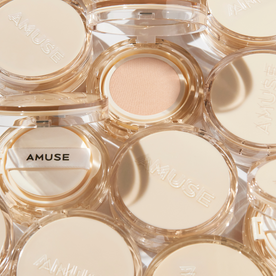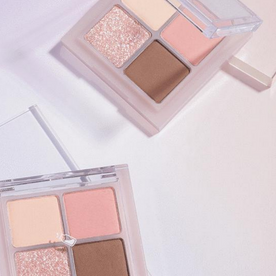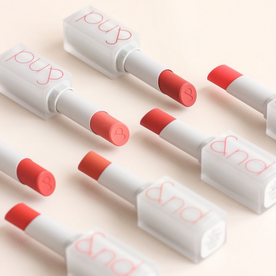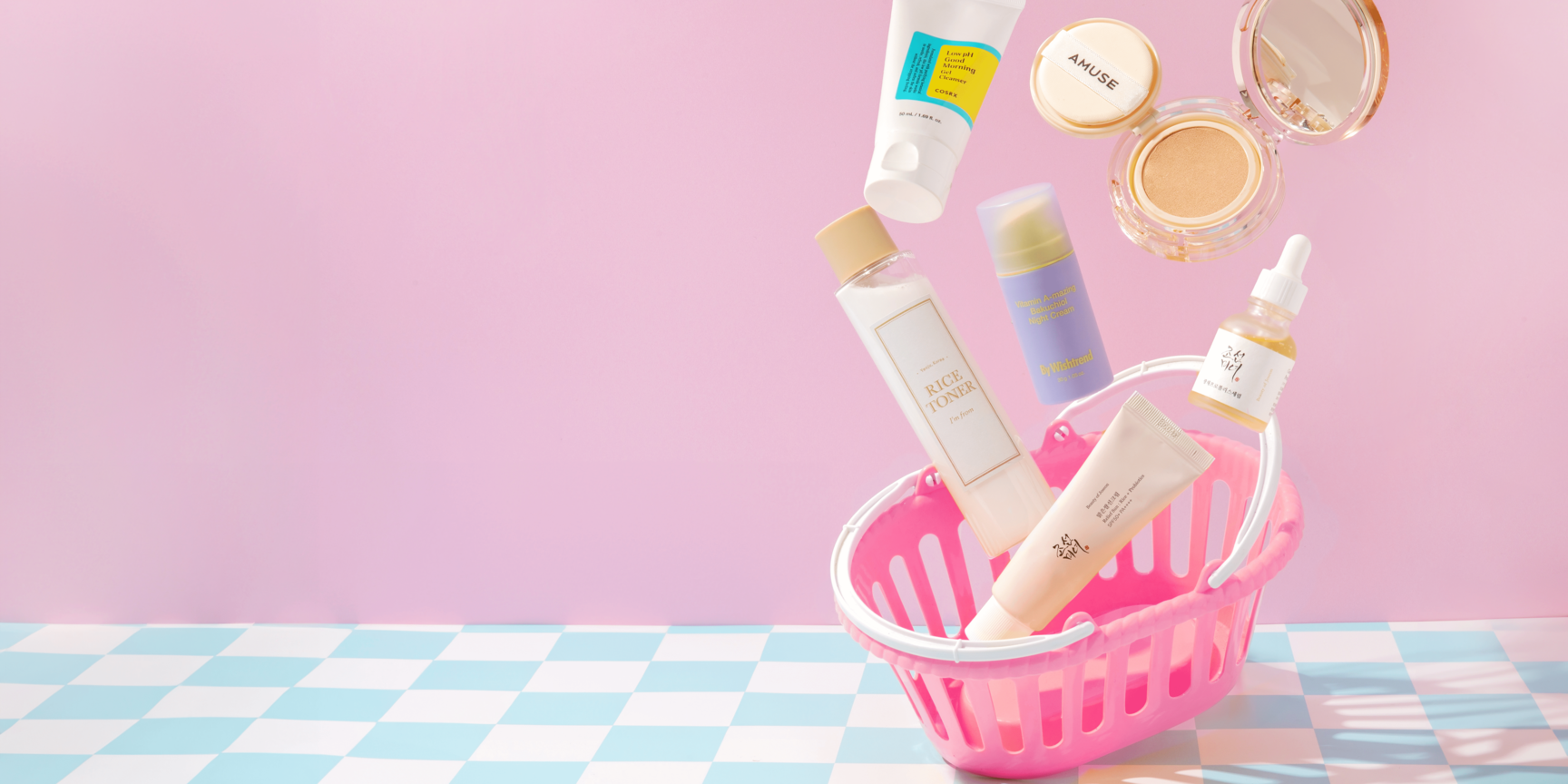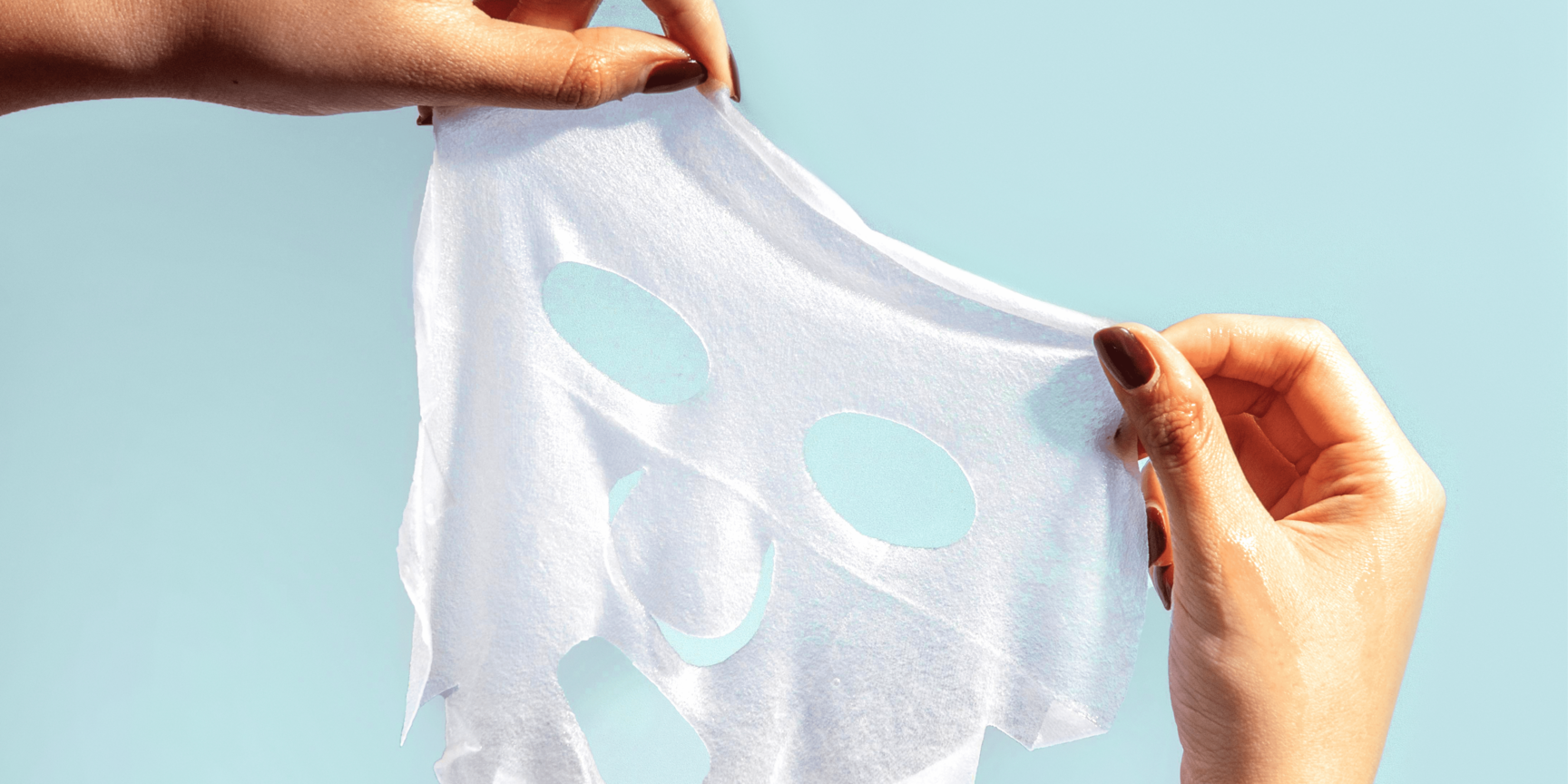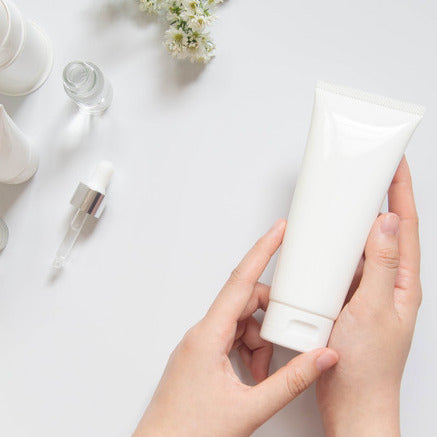“Expiry Dates 101” – Understanding Korean Beauty Expiration dates
It’s tempting to try and get a few more weeks (or months) out of your skincare products, despite the expiry dates on the back. After all, those are just guidelines, aren’t they? If it looks okay and smells okay, it should be okay to use, shouldn’t it?
Just because your favorite toner isn’t growing a fuzzy carpet, it doesn’t mean it’s safe to use. Lots of things affect your skincare, so let’s go over when to ditch your opened products, and how to make them last.
Does skincare actually expire?
Yes, skincare absolutely expires. This is not one of those things where the expiry date is a suggestion. Here are some of the main factors that determine how fast a product goes bad:
- Formulation. Natural and preservative-free products go bad faster, as do formulas that contain less stable ingredients, like vitamin C. Bacteria can also grow quickly in water-based products, so those may have a shorter shelf life than a product that has something other than water as a base
- Packaging. The type of container used to hold the product makes a big difference in its shelf life. Containers that are dark/opaque and airtight (like pump bottles) reduce exposure to light and air. You’ll likely pay more for that type of packaging, but in return, you’ll get a product that lasts longer
- Storage. Lastly, how you store the product affects how fast it breaks down. Keeping it in a warm, damp, bright place isn’t ideal, so you might want to rethink keeping your skincare in your bathroom.
How to check the expiry date on Kbeauty products?
The expiry date is the absolute drop-dead date of a product. Even if you haven’t opened the packaging, you shouldn’t use the product if it’s past its expiry date. At that point, there are no guarantees that the formula inside is effective or safe to use anymore.
Not sure where the expiry date on your k-beauty skincare is? There are two sets of Korean characters to indicate the expiry date, depending on what the manufacturer has chosen to use.

Once you break the airtight seal on the product, a different clock starts ticking. Like food, the expiry date is only relevant for unopened products. This is why skincare brands include a handy icon (it looks like an opened jar) that includes the “period after opening” time guideline. It tells you how many months you have to use a product after it has been opened.
The one date that creates a lot of confusion is the manufacturing date. You’ll typically see this character: 제조 or the letters “MFG” in front of the date. Some Korean brands use it instead of the expiry date, so if you see the date 2022.03.16제조 and you’re living in April 2022, check the marking before panicking
Not sure where to find the dates? Jars and tubs will usually have this information on the bottom or side, while tubes often have expiry dates embossed at the crimped end of the tube. Sheet masks will have it printed on the back.
When to throw it out

- Is the product discoloured? Dark orange or brown vitamin C serums have oxidized and are no longer good.
- Is the texture strange? Has the formula separated or gotten lumpy?
- Does it smell strange?
- Has the product stopped working? Some ingredients stop being effective if left too long.
- Is the product suddenly causing irritation? Other products (like some acids) can get stronger over time.
- Is the packaging in good shape? It shouldn’t be damaged, warped, or have expanded.
Tips for making your products last
No one wants to waste good skincare. Storing your products in a smart place and keeping the formula as clean as possible will help you stretch their life and effectiveness.
- Don’t open your products unless you intend to use them right away
- Don’t use sunscreen that was opened the previous season. It may not be effective (or as effective) anymore.
- Keep skincare in a dry, dark environment. A drawer or closet may be a better choice than a hot, humid bathroom.
- Don’t double dip! Use a mini spatula (wash it after use) for jars, and always clean your hands first. If the product has a dropper, don’t touch it to your hands or face.
- Keep preservative-free, vitamin C, and retinol products in the fridge to make them last longer. (This is a great reason to get a cute skincare mini-fridge!)
- Write down the date when you open a product so you can tell how long you have to use it.
- Put products that expire first at the front of your shelf so you remember to use them soon.
Knowing how to find and read the expiry dates on your K-beauty products is essential to using them safely. But they’re also a useful tool in planning what/when to buy, and reducing waste, which is good news for everyone!









































